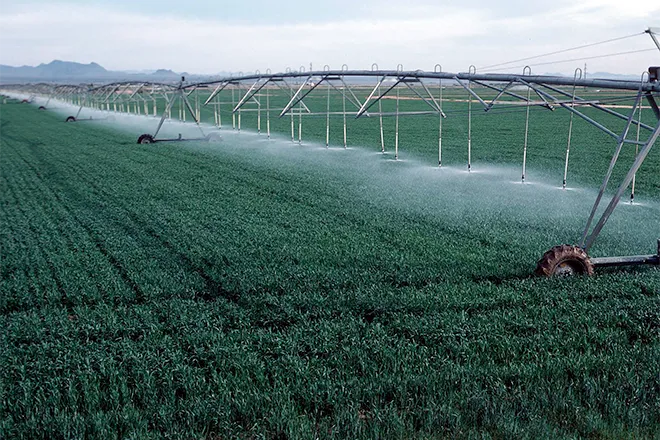
Rabbit Hemorrhagic Disease Virus type 2 confirmed in Garfield and Saguache counties
Colorado Parks and Wildlife confirmed Rabbit Hemorrhagic Disease Virus type 2 (RHDV-2) in dead cottontail rabbits submitted from Garfield and Saguache counties in March. CPW has had ongoing surveillance for the disease throughout the state since it was identified in April of 2020. Garfield and Saguache are new counties identified as having RHDV-2. The new discoveries mean that 15 Colorado counties have had positive tests for RHDV-2.
The positive case from Garfield County was discovered just south of the town of Silt. The cottontail was submitted to a CPW wildlife officer by a landowner whose dog had found the carcasses and brought them home over a period of a few weeks.
The Colorado counties with positive RHDV-2 cases to date are Adams, Alamosa, Custer, Denver, El Paso, Elbert, Garfield, Huerfano, La Plata, Las Animas, Larimer, Mesa, Prowers, Pueblo, and Saguache. Both cottontails and jackrabbits have been affected.
Suspect cases are reported to local wildlife officers and submitted to CPW’s Wildlife Health Laboratory for necropsy and testing. Not all suspect cases will be examined and tested, with priority placed on suspect cases in a new species, county, or season. CPW is particularly concerned for possible emergence of the disease in snowshoe hare and pika. Cottontails are about 16 inches long, weigh about two pounds, have shorter ears and live in brushy habitat. Jackrabbits have lengthy back legs and big ears, are up to two feet long, and can weigh 6 - 9 pounds and live in open country.
RHDV-2 is considered a foreign animal disease and is of high concern at the state and federal levels. Until recently, RHDV-2 was not considered a virus that would infect North American cottontails or hares; however, cases have now been reported in numerous states in the Southwest region of the United States, including Colorado. CPW and the Colorado Department of Agriculture have increased efforts to raise awareness of the occurrence and spread of this disease in Colorado.
This virus has significant impacts on domestic rabbits as well as wild rabbits and species that prey upon them in Europe, giving some concern for predators like the Canada lynx that relies heavily on snowshoe hare for prey. RHDV-2 does not affect humans or domestic species other than rabbits. However, multiple dead or sick rabbits can also be a sign of tularemia or plague, diseases that can cause serious illness in people.
Do not handle or consume sick or dead wildlife, and do not allow pets to contact or consume wildlife carcasses. RHDV-2 is not related to COVID-19.
Guidelines for Domestic Rabbits
- Rabbit owners should exercise extreme caution and biosecurity to avoid accidental exposure of domestic rabbits through contaminated feed, bedding, equipment, or clothing.
- Veterinarians and owners must report suspected RHDV2 cases in domestic rabbits to the State Veterinarian’s Office at 303-869-9130. Disease investigations will be completed by a Foreign Animal Disease Diagnostician.
- Contact your veterinarian for more information about this disease in domestic rabbits.
Guidelines for Wild Cottontails, Hares and Pika
- Report three or more dead animals within a two-week period, in a neighborhood or other small area; animals seen alive with clinical signs; ANY dead or sick snowshoe hares or pikas.
- Do not handle rabbits or rodents that have been found dead.
- Do not allow pets to feed on found carcasses. Though RHDV-2 is not a risk to pets other than domestic rabbits, a number of other pathogens and parasites from carcasses can affect pets.
- Do not handle or consume rabbits or other game animals that appear to be sick. Instead, report these cases to the nearest CPW office.
- Meat from healthy rabbits harvested by hunters is safe to consume when cooked thoroughly.

















